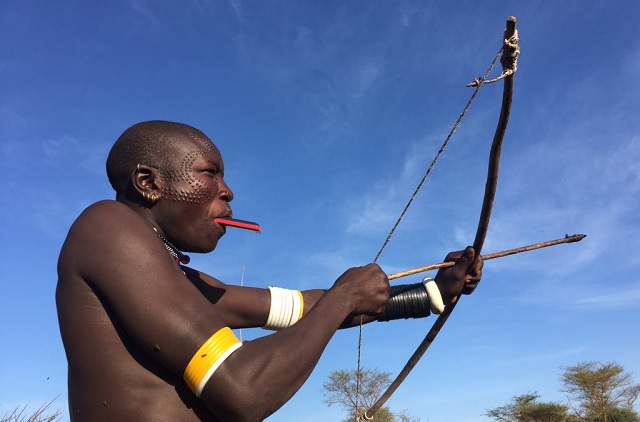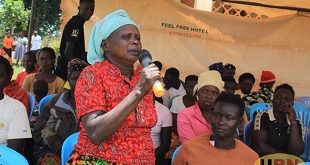
Kampala, Uganda | THE INDEPENDENT | More than 37 people in Karamoja region have been arrested over the last one month for poaching small antelopes also known as dikidikis.
Ediau Echodu, the Officer in charge of Bokora-Matheniko wild reserve corridor, says majority of the culprits are from Kidepo Pupu village in Rupa Sub County in Moroto district. 17 of the suspects were from Moroto, Kotido 11, Napak six and Amudat three.
He explains that the poachers have taken advantage of the animals wandering in the open land to change their diet since the livestock quarantine was imposed on Moroto and Kotido districts. He observes that the livestock quarantine has also created market for the wild meat in the region.
According to Ediau, the activities of the poachers are threatening the tourism industry especially in Karamoja sub region, which is endowed with many rare animal species. He revealed that a number of suspects have been produced in court and remanded, awaiting trial.
But Jeremy Loumo, a resident of Kidepo Pupu village in Rupa Sub County, says there is no way they can avoid feeding on wild meat as government has failed to lift the quarantine. “We cannot sell or slaughter our animals. How does government expect us to survive? Even our ancestors lived and fed on wild meat but nothing happened to the animals. This is part of our menu now”, he told our reporter.
Moses Okino, the Moroto District Veterinary Officer told our reporter that the possibility of lifting the quarantine in the near future have faded since the recent tests found more animals infected with the Foot and Mouth Disease-FMD. He says the disease spread to other parts of the district because farmers, traders and local leaders defied regulations for managing the FMD.
The Ministry of Agriculture, Animal Industry and Fisheries imposed livestock quarantine in Moroto district following an outbreak of the FMD in January this year. Consequently, sale and purchase of cattle, goats, sheep and pigs and their products was prohibited and all markets closed. Even movement of cattle, goats, sheep and pigs and their products was restricted.
However, many traders resorted to selling the animals in bushes and some hidden places in Moroto town.
*****
URN
 The Independent Uganda: You get the Truth we Pay the Price
The Independent Uganda: You get the Truth we Pay the Price



